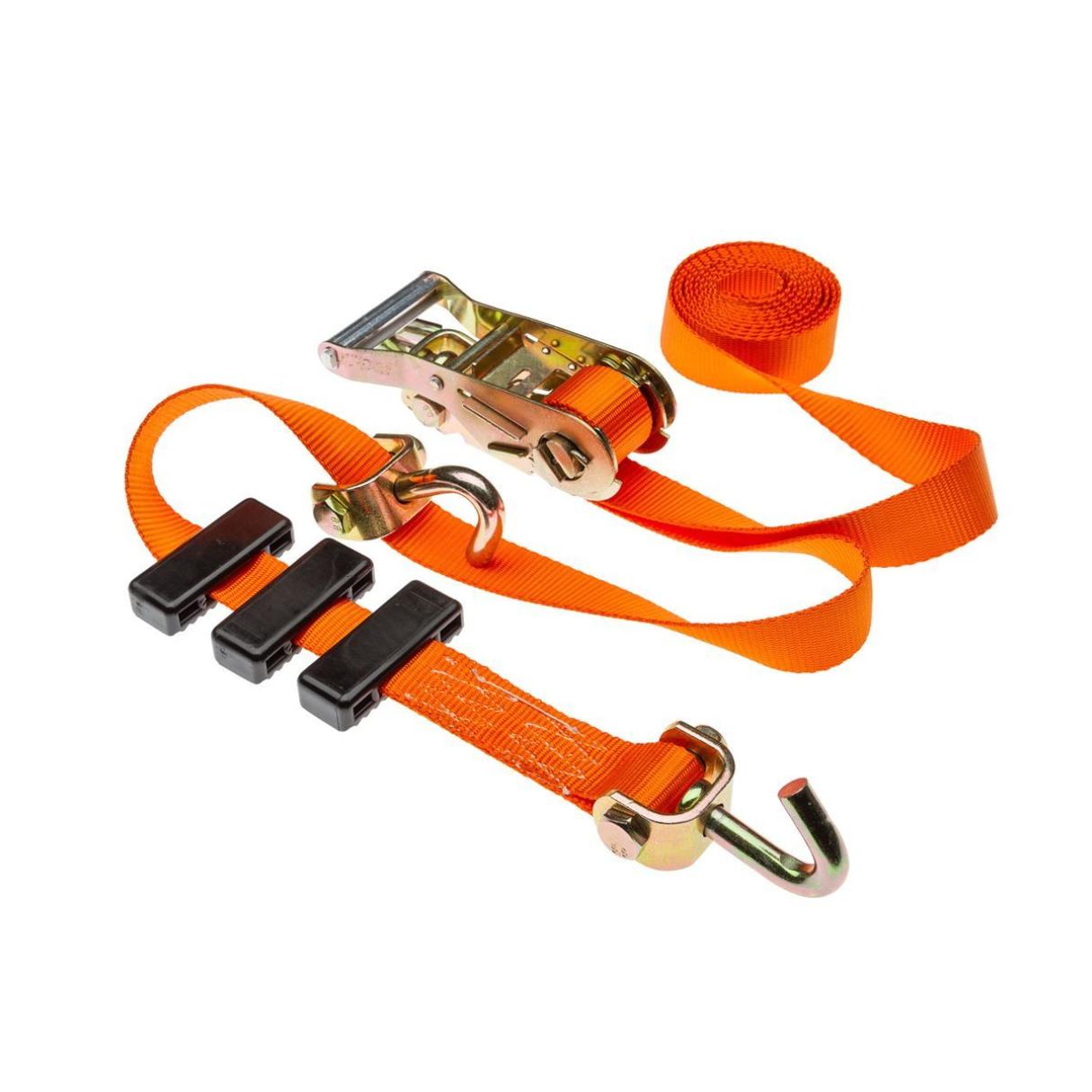

Articles
How To Store Tie Down Straps
Modified: August 28, 2024
Learn the best methods for storing tie down straps and keeping them organized with our informative articles. Find tips and tricks to ensure your straps last longer and are easily accessible.
(Many of the links in this article redirect to a specific reviewed product. Your purchase of these products through affiliate links helps to generate commission for Storables.com, at no extra cost. Learn more)
Introduction
Tie down straps are essential tools for securing and transporting various types of cargo. Whether you’re hauling equipment in your truck, securing luggage on a roof rack, or strapping down a boat or motorcycle on a trailer, tie down straps provide the necessary stability and safety.
However, once you’re done using your tie down straps, it’s crucial to store them properly to ensure their longevity and effectiveness. Improper storage can lead to damage, weakened straps, and decreased functionality, rendering them unreliable when you need them most.
In this article, we will explore the best practices for storing tie down straps. We will discuss the importance of understanding tie down straps’ components and functionality, how to choose the right storage location, how to clean and prepare them for storage, as well as the proper coiling and securing techniques. Additionally, we will cover both indoor and outdoor storage options, regular maintenance, and inspections to ensure your tie down straps remain in top condition.
By following these guidelines, you can extend the lifespan of your tie down straps, keep them organized, and maintain their effectiveness for future use. So let’s dive in and learn how to properly store tie down straps.
Key Takeaways:
- Proper storage and maintenance of tie down straps are crucial for ensuring longevity, effectiveness, and safety. Understanding components, choosing the right storage location, and regular maintenance are key to preserving their functionality.
- Cleaning, coiling, and securing tie down straps properly, whether stored indoors or outdoors, helps protect them from damage. Regular inspections and maintenance are essential for ensuring their reliability and safety during transportation.
Understanding Tie Down Straps
Tie down straps, also known as ratchet straps or cargo straps, are versatile tools designed to secure loads for transportation. They consist of a webbing strap, a tensioning device (commonly a ratchet or cam buckle), and attachment hardware at each end.
The webbing strap is usually made of durable polyester or nylon material, known for its strength and resistance to stretching. The tensioning device allows you to tighten the strap around the cargo, creating a secure hold. The attachment hardware, such as hooks or loops, connects the strap to anchor points on your vehicle or trailer.
It’s crucial to have a good understanding of the different components of tie down straps when storing them. Inspect the webbing for any signs of wear, such as fraying, cuts, or abrasions. Damaged webbing should be replaced to maintain the strap’s integrity. Check the tensioning device for any malfunctions or defects that may affect its functionality.
Additionally, it’s important to consider the load capacity and working load limit (WLL) of your tie down straps. The load capacity indicates the maximum weight the strap can safely handle, while the WLL is a conservative estimate of the weight the strap can handle under normal working conditions. Ensure that you store tie down straps suitable for the loads you typically transport to maintain their effectiveness.
Understanding the various types of tie down straps is also crucial. Ratchet straps are commonly used for heavy-duty applications, providing a secure and tight hold on large loads. Cam buckle straps, on the other hand, are ideal for lighter loads and feature a quick-release mechanism for easy tightening and loosening.
By understanding the components, load capacity, and different types of tie down straps, you can better assess their condition during storage and ensure that you have the appropriate straps for future use.
Choosing the Right Storage Location
When it comes to storing tie down straps, choosing the right location is essential to preserve their functionality and lifespan. The ideal storage location should be dry, free from extreme temperatures, and protected from direct sunlight.
Avoid storing tie down straps in humid environments, as moisture can lead to mold, mildew, and corrosion, compromising the integrity of the straps. If you don’t have access to a climate-controlled storage area, consider using moisture-absorbing products, such as silica gel packs, to help reduce moisture levels.
Extreme temperatures can also impact the performance of tie down straps. Exposure to excessive heat can cause the webbing to degrade, while extreme cold can make the material more brittle and prone to cracking. Therefore, it’s important to store your straps in a location with a moderate and consistent temperature.
Direct sunlight can have detrimental effects on tie down straps, causing the webbing to fade and weaken over time. To protect them from UV rays, store your straps in a shaded area or use a protective cover or storage bag.
In addition to environmental factors, consider the accessibility and organization of the storage location. Storing your tie down straps in a designated area, such as a toolbox, shed, or storage bin, can help keep them organized and readily available when you need them. It’s also helpful to keep them separate from other tools or equipment that could potentially cause damage.
Keep in mind that the storage location should be easily accessible, allowing you to inspect and retrieve your tie down straps without hassle. Regularly check for any signs of wear or damage and replace any straps that no longer meet safety standards.
By choosing the right storage location and taking proper precautions to protect your tie down straps, you can ensure they remain in optimal condition and ready for use whenever you need them.
Cleaning and Preparing Tie Down Straps for Storage
Before storing tie down straps, it’s important to clean and prepare them to prevent dirt, debris, and moisture from causing damage during storage. Follow these steps to properly clean and prepare your tie down straps:
- Inspect the straps: Before cleaning, examine the straps for any signs of dirt, stains, or contaminants. If you notice any significant dirt or debris, gently brush it off using a soft bristle brush or cloth.
- Spot clean if necessary: If there are stubborn stains or spills on the straps, use a mild detergent or soap diluted with water. Apply the solution to the affected area and gently scrub with a soft brush or cloth. Rinse the straps thoroughly with clean water to remove any residue.
- Avoid abrasive cleaners: Harsh chemicals and abrasive cleaners can damage the webbing material and degrade its strength. Stick to mild cleaning solutions and avoid using bleach or solvents.
- Dry the straps: After cleaning, allow the tie down straps to air dry completely before storing them. Avoid drying them in direct sunlight, as UV rays can weaken the material over time. Ensure that the straps are thoroughly dry to prevent the growth of mold or mildew during storage.
- Remove any metal hardware: If your tie down straps have removable metal hardware, such as hooks or buckles, detach them for separate cleaning and drying. Wipe down the hardware with a clean cloth and ensure they are completely dry before reattaching them to the straps.
- Coil and bundle the straps: Once the tie down straps are dry, neatly coil them or fold them into a compact bundle. Avoid excessive twisting or putting strain on the straps while coiling. Secure the coiled or bundled straps with a rubber band, Velcro strap, or tie wrap to prevent them from unraveling during storage.
- Choose a suitable storage container: Select a storage container, such as a toolbox, duffel bag, or storage bin, that can accommodate the size of your tie down straps. Ensure that the container is clean, dry, and free from any debris or moisture.
- Store in a suitable location: Place the coiled or bundled tie down straps in the storage container, ensuring there is enough room to prevent excessive compression or bending. Close the container tightly to protect them from external elements.
By properly cleaning and preparing your tie down straps for storage, you can prolong their lifespan and maintain their effectiveness for future use. Regularly inspect and clean your straps to ensure they remain in top condition.
Coiling and Securing Tie Down Straps Properly
When storing tie down straps, proper coiling and securing techniques are essential to keep them organized and prevent any tangling or damage. Follow these steps to coil and secure your tie down straps properly:
- Start with a clean and dry strap: Ensure that your tie down strap has been cleaned and dried before coiling. This helps prevent any dirt, moisture, or debris from being trapped in the coils during storage.
- Hold the end of the strap: Take one end of the strap and securely hold it with one hand. This will serve as your anchor point for coiling.
- Create a loop: With your other hand, create a small loop in the strap near the anchor point. Make sure the loop is large enough to allow for easy handling.
- Make successive loops: With the loop in place, start coiling the strap by making successive loops around your hand. Keep the loops consistent in size, neither too tight nor too loose.
- Secure the coils: Once you’ve reached the end of the strap, pass the end through the last loop and pull it tight. This will secure the coiled strap and prevent it from unraveling during storage.
- Use a strap keeper: For added security, consider using a strap keeper. A strap keeper is a separate accessory that helps hold the coiled strap in place. It can be a rubber strap, Velcro strap, or tie wrap. Place the strap keeper around the coiled strap to hold it together tightly.
By following these coiling and securing techniques, your tie down straps will remain neatly organized and ready for use when you need them. When it’s time to use the straps again, simply undo the strap keeper and uncoil the strap, ensuring it’s free from any twists or tangles.
Remember, avoiding excessive twisting, kinking, or putting strain on the straps during coiling contributes to their longevity. Properly coiled and secured tie down straps are easier to handle and less likely to suffer from damage or premature wear and tear.
When storing tie down straps, make sure to clean and dry them thoroughly before coiling them up to prevent mildew and damage. Store them in a dry, cool place away from direct sunlight to prolong their lifespan.
Read more: How To Store A Ratchet Strap
Storing Tie Down Straps Indoors
Storing tie down straps indoors provides optimal protection against the elements and helps maintain their quality and functionality. Here are some tips for storing tie down straps indoors:
- Select a clean and dry storage area: Choose a designated storage area indoors, such as a garage, shed, or storage room. Ensure the area is clean, dry, and free from any potential hazards that could cause damage to the tie down straps.
- Hang straps on hooks or pegs: Consider using hooks or pegs to hang your tie down straps. This allows them to be easily accessible and prevents them from becoming tangled or damaged. Ensure that hooks or pegs are securely fastened to the wall or rack.
- Coil and store in a container: If hanging the tie down straps is not feasible, coil them neatly and place them in a storage container. Use a toolbox, storage bin, or duffel bag that is large enough to accommodate the size of the straps without causing excessive compression or bending.
- Label and organize: To keep your tie down straps organized, consider labeling the storage container or using dividers to separate different sizes or types of straps. This makes it easier to find the specific straps you need when you’re ready to use them.
- Avoid hanging near heat sources: When storing tie down straps indoors, ensure they are kept away from direct heat sources, such as heaters or furnaces. Extreme heat can weaken the webbing material and compromise the straps’ integrity.
- Monitor for any signs of damage: Regularly inspect your stored tie down straps for any signs of wear, damage, or degradation. Check for fraying or cuts in the webbing, damaged hardware, or any other issues that could affect their performance.
Storing tie down straps indoors provides protection against moisture, UV rays, and extreme temperatures. By following these guidelines, you can ensure that your tie down straps remain in optimal condition, ready for use whenever you need them.
Storing Tie Down Straps Outdoors
While it’s ideal to store tie down straps indoors, there may be situations where outdoor storage is necessary. If you need to store tie down straps outdoors, follow these tips to minimize potential damage and maximize their longevity:
- Choose a covered area: If possible, select an outdoor storage area that is covered, such as a carport or covered patio. This helps protect the tie down straps from direct sunlight, rain, snow, and other weather elements that can cause damage.
- Use a waterproof storage container: Invest in a waterproof storage container, such as a heavy-duty plastic bin with a secure lid, to protect the tie down straps from moisture and debris. Ensure the container is large enough to comfortably accommodate the coiled straps.
- Elevate the container: Place the storage container on a raised platform or pallet to prevent it from sitting directly on the ground. This helps prevent water seepage and potential damage from dampness or condensation.
- Apply a protective spray: Before storing the tie down straps, consider applying a protective spray specifically designed for outdoor fabrics. This can help enhance their resistance to UV rays, moisture, and mildew.
- Regularly inspect for damage: Periodically check the tie down straps for any signs of wear, such as fraying, cuts, or weakened areas. Promptly replace any damaged straps to ensure you have reliable and safe tie down equipment.
- Cover the storage container: If the storage container is not already waterproof and has exposed areas, consider using an additional protective cover, such as a tarp or heavy-duty plastic wrap, to shield it from rain and other elements.
- Secure the container: Ensure that the storage container is securely closed and fastened to prevent animals, pests, or wind from accessing and potentially damaging the tie down straps.
It’s important to note that outdoor storage can still have a negative impact on the lifespan of the tie down straps compared to indoor storage. Therefore, if outdoor storage is only a temporary solution, try to find a suitable indoor storage location as soon as possible to ensure the longevity and effectiveness of your tie down straps.
By taking the necessary precautions and regularly monitoring the tie down straps, you can mitigate potential damage and ensure that they remain in good condition for future use.
Regular Maintenance and Inspection of Tie Down Straps
Regular maintenance and inspections play a vital role in ensuring the safety and effectiveness of your tie down straps. By following these guidelines, you can proactively identify any issues and address them before they compromise the integrity of the straps:
- Inspect before each use: Before using the tie down straps, visually inspect them for any signs of wear, damage, or degradation. Check for frayed or cut webbing, damaged hardware, or any other issues that could affect their performance.
- Check load capacity: Confirm that the tie down straps you plan to use are suitable for the weight and size of the load you are securing. Ensure that the load capacity and working load limit (WLL) meet or exceed the requirements of your cargo.
- Inspect hardware: Check the hooks, buckles, or other attachment hardware for any signs of damage, such as bends, cracks, or corrosion. Faulty hardware should be replaced immediately to maintain the integrity of the tie down straps.
- Clean after each use: After using the tie down straps, clean them to remove any dirt, debris, or contaminants. Follow the cleaning steps mentioned earlier in this article to ensure that the straps are thoroughly cleaned and properly prepared for storage.
- Perform regular tensioning device maintenance: If your tie down straps use a ratchet or cam buckle as the tensioning device, regularly inspect and lubricate the mechanism as recommended by the manufacturer. This helps maintain the functionality and smooth operation of the tensioning device.
- Store properly after each use: After each use, coil and secure the tie down straps using the methods discussed earlier. Store them in a suitable location, whether indoors or outdoors, to protect them from environmental factors that can cause damage.
- Replace damaged or worn-out straps: If you identify any significant damage or wear during your inspections, promptly replace the tie down straps. Using compromised straps can result in failure and pose a safety hazard during transportation.
- Keep records of maintenance and inspections: Maintain a record of when you perform inspections, clean the straps, or replace damaged components. This helps you keep track of the maintenance history and ensure that the tie down straps are regularly checked.
By incorporating regular maintenance and inspections into your routine, you can enhance the longevity and reliability of your tie down straps. This ensures that they remain safe and effective for securing your cargo during transportation.
Conclusion
Proper storage and maintenance of tie down straps are essential for ensuring their longevity, effectiveness, and safety. By following the guidelines outlined in this article, you can protect your tie down straps from damage and maintain their functionality for years to come.
Understanding the components and types of tie down straps allows you to assess their condition accurately and ensure you have the appropriate straps for your specific needs. Choosing the right storage location, whether indoors or outdoors, helps protect the straps from environmental elements such as moisture, extreme temperatures, and UV rays.
Cleaning and preparing tie down straps before storage helps remove dirt and debris that can cause damage over time. Proper coiling and securing techniques prevent tangling and ensure easy access when you need the straps. Storing tie down straps indoors or in a waterproof container outdoors further safeguards them from potential harm.
Regular maintenance and inspections are crucial for identifying any wear, damage, or weakened components. Promptly replacing damaged straps or hardware ensures the continued safety and reliability of the tie down straps. Keeping records of maintenance activities helps you track their history and ensure regular checks are performed.
By following these best practices for storing and maintaining tie down straps, you can extend their lifespan, keep them organized, and ensure their effectiveness whenever you need to transport or secure your valuable cargo.
Remember, tie down straps are valuable tools that contribute to the safety of your load. Treat them with care, store them properly, and regularly maintain and inspect for optimal performance. With these practices in place, you can have confidence in the reliability of your tie down straps for all your transportation needs.
Frequently Asked Questions about How To Store Tie Down Straps
Was this page helpful?
At Storables.com, we guarantee accurate and reliable information. Our content, validated by Expert Board Contributors, is crafted following stringent Editorial Policies. We're committed to providing you with well-researched, expert-backed insights for all your informational needs.



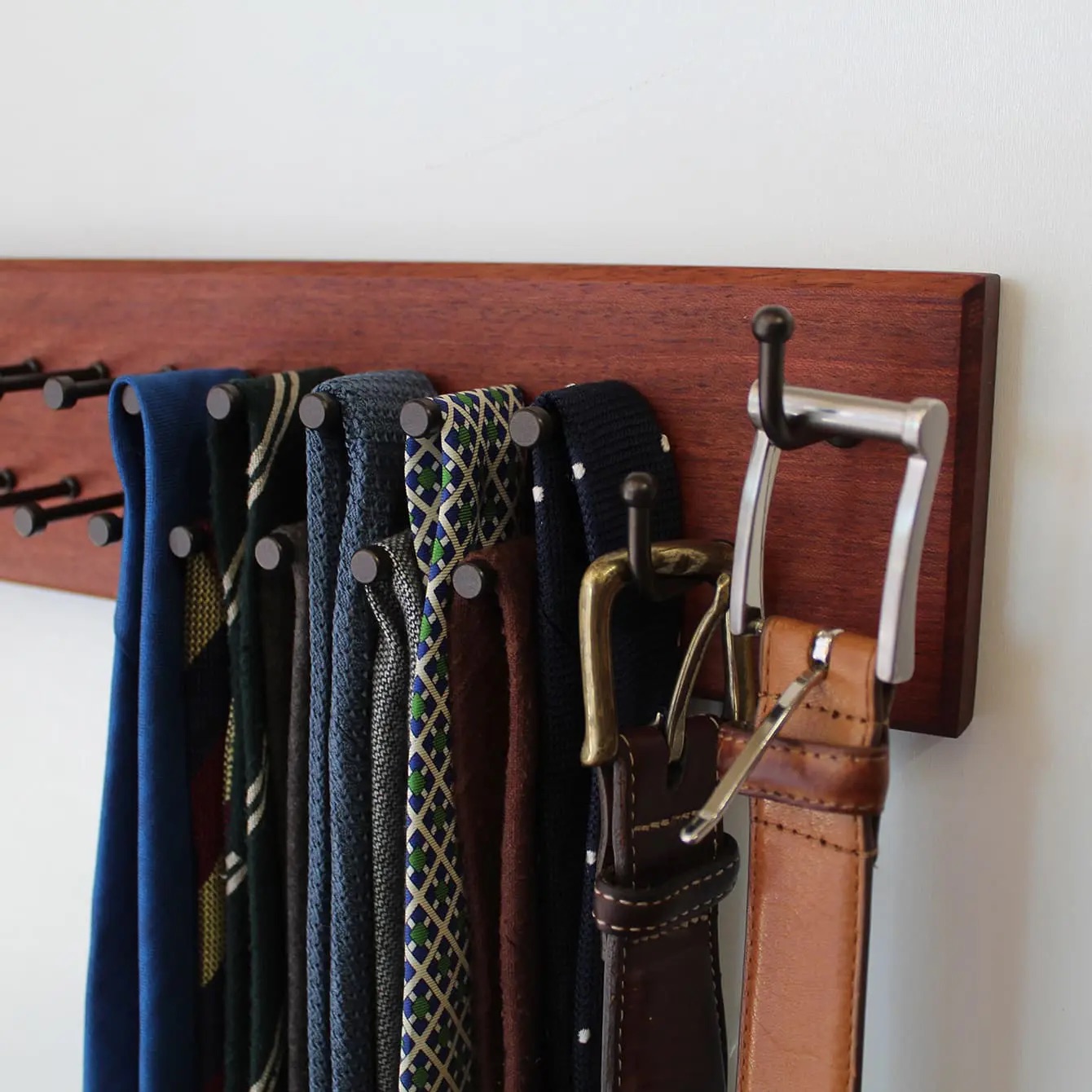




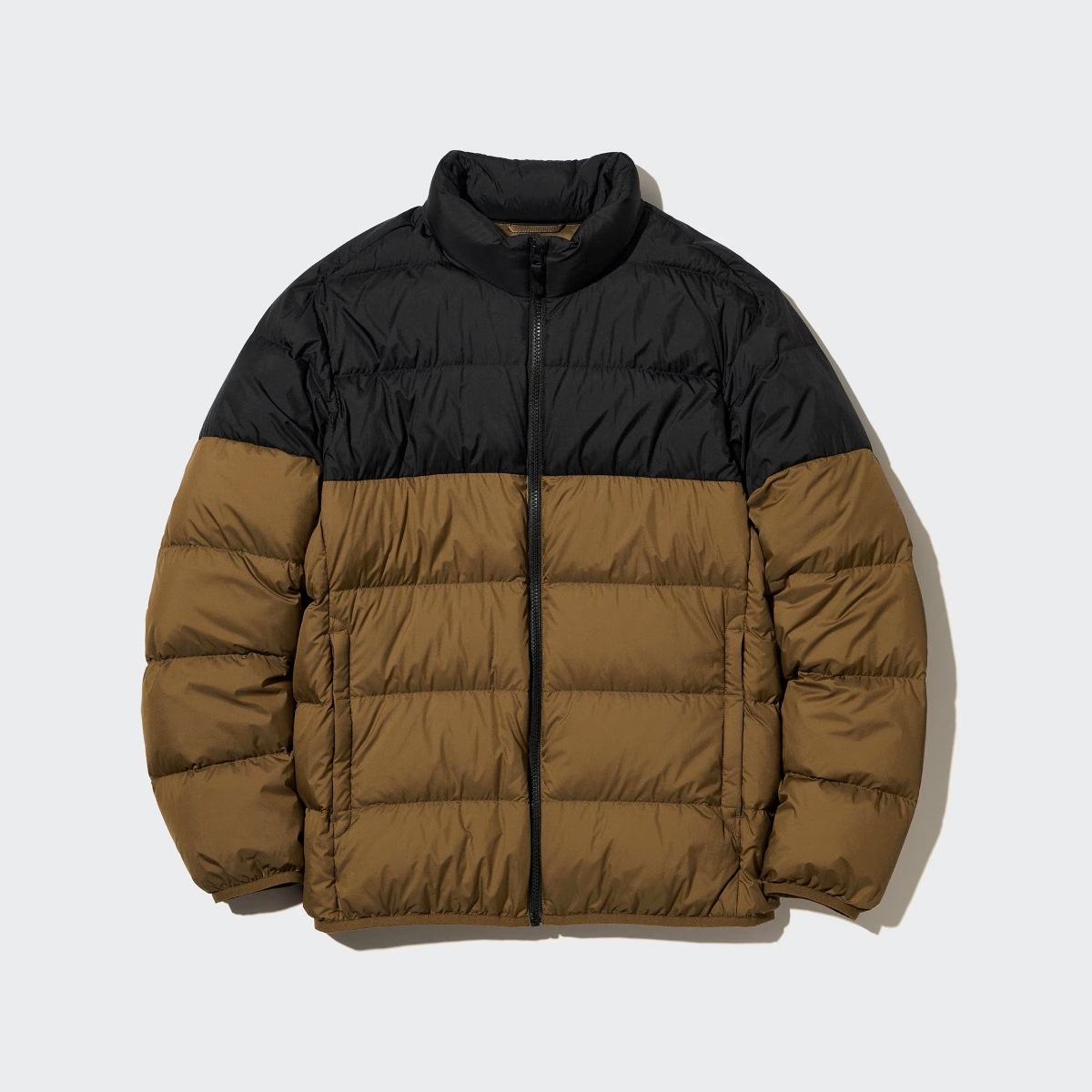
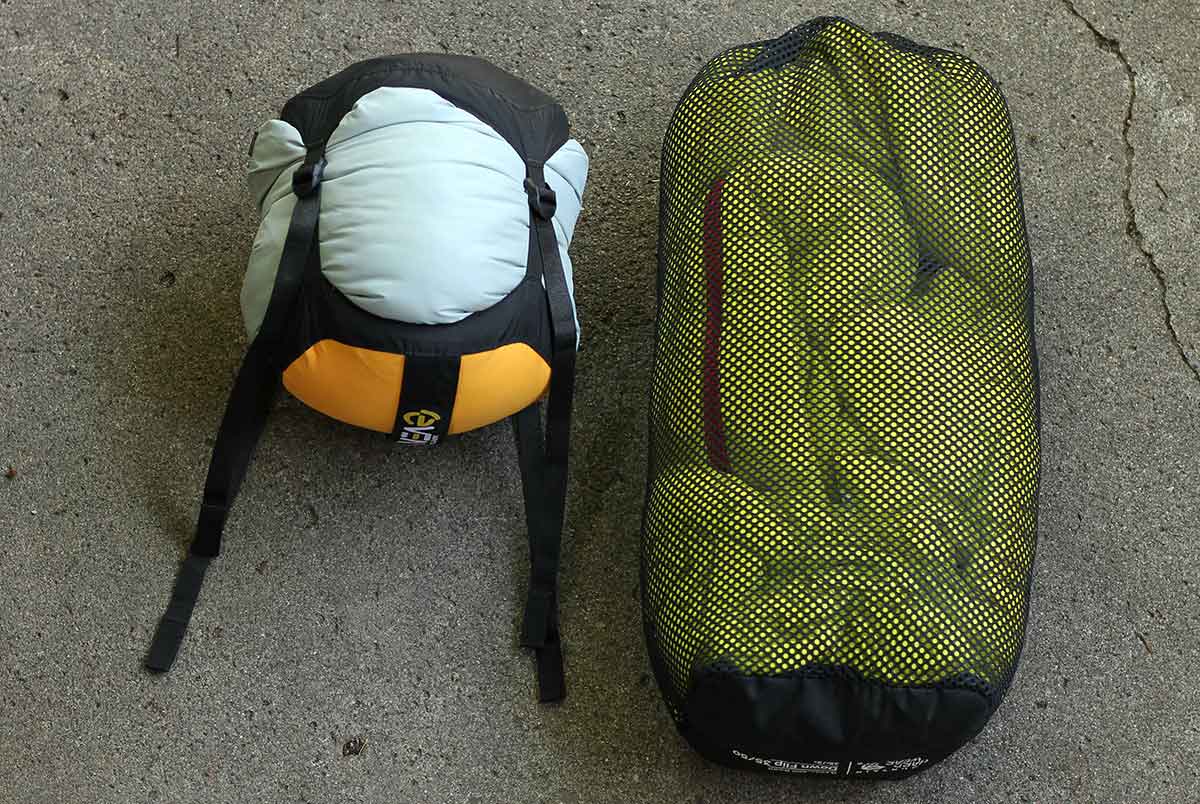


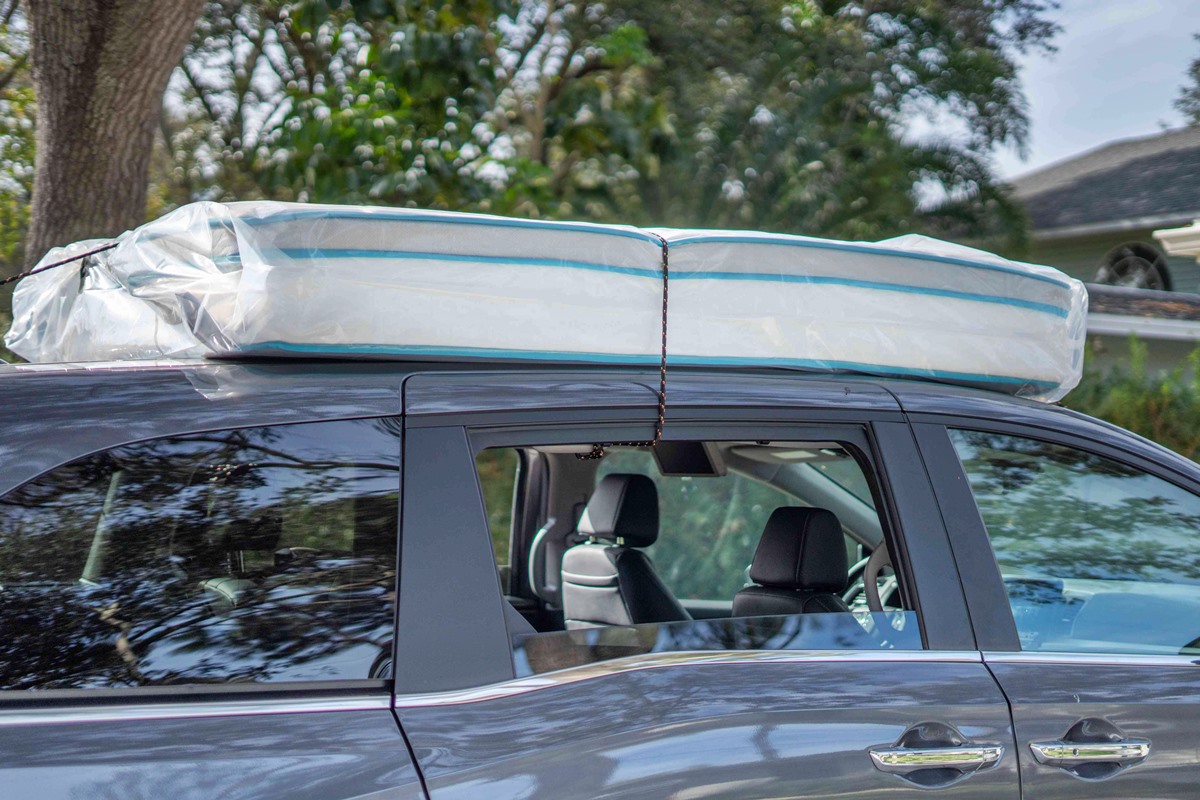
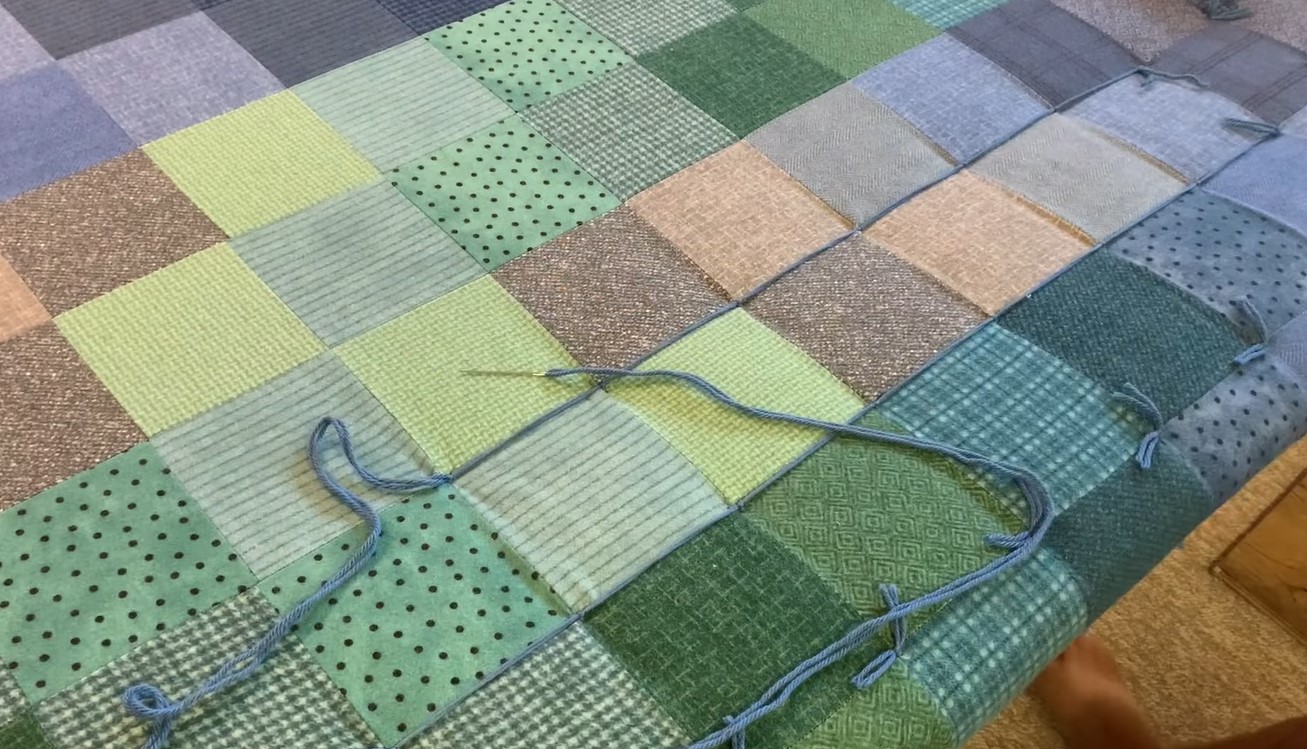

0 thoughts on “How To Store Tie Down Straps”